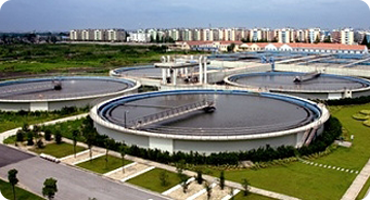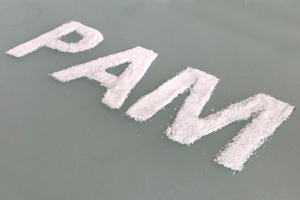
Precautions when using polyacrylamide:
Test: The selection of polyacrylamide needs to be determined through tests. Choose the right manufacturer, the suitable model, molecular weight, degree of ionization, degree of hydrolysis, etc.
The dissolved concentration of polyacrylamide: generally 0.2-0.5%, which should be determined through experiments according to the material characteristics and operating conditions. Mostly 0.2-0.3%.
Good dissolution is the key: polyacrylamide needs to be dissolved in tap water or clean water, the dissolution temperature is <60°C, and the general time is >45 minutes, but not more than 60 minutes. The linear speed of dissolving and stirring is generally 6-8m/s.
The proportion of dosing should be determined through experiments: the specific proportion of dosing should be determined according to the concentration of the material to be processed and the characteristics of the material, and the proportion of dosing should be determined through experiments. If the dosing amount is too high, it may even cause side effects. Controlling the appropriate dosing ratio is the key to controlling costs.
The medicament and the material should be fully mixed: only sufficient mixing can ensure the subsequent dehydration. This is also a problem that most manufacturers are prone to.
Selected dehydration equipment: Commonly used dehydration equipment includes: centrifuge, plate and frame machine, or natural concentration dehydration. Different dehydration equipment has certain differences in polyacrylamide.
Generally, urban sewage treatment plants will produce a lot of sludge. After the sludge is naturally settled in the thickening tank, it must be dehydrated by mechanical means, and then it is convenient to transport. It is necessary to add cationic polyacrylamide when mechanically pressing the mud, so that the sludge can be dehydrated quickly.
Please check our website or contact us directly to get more information.

